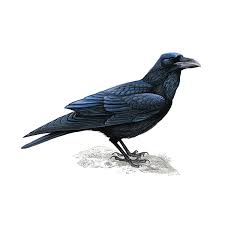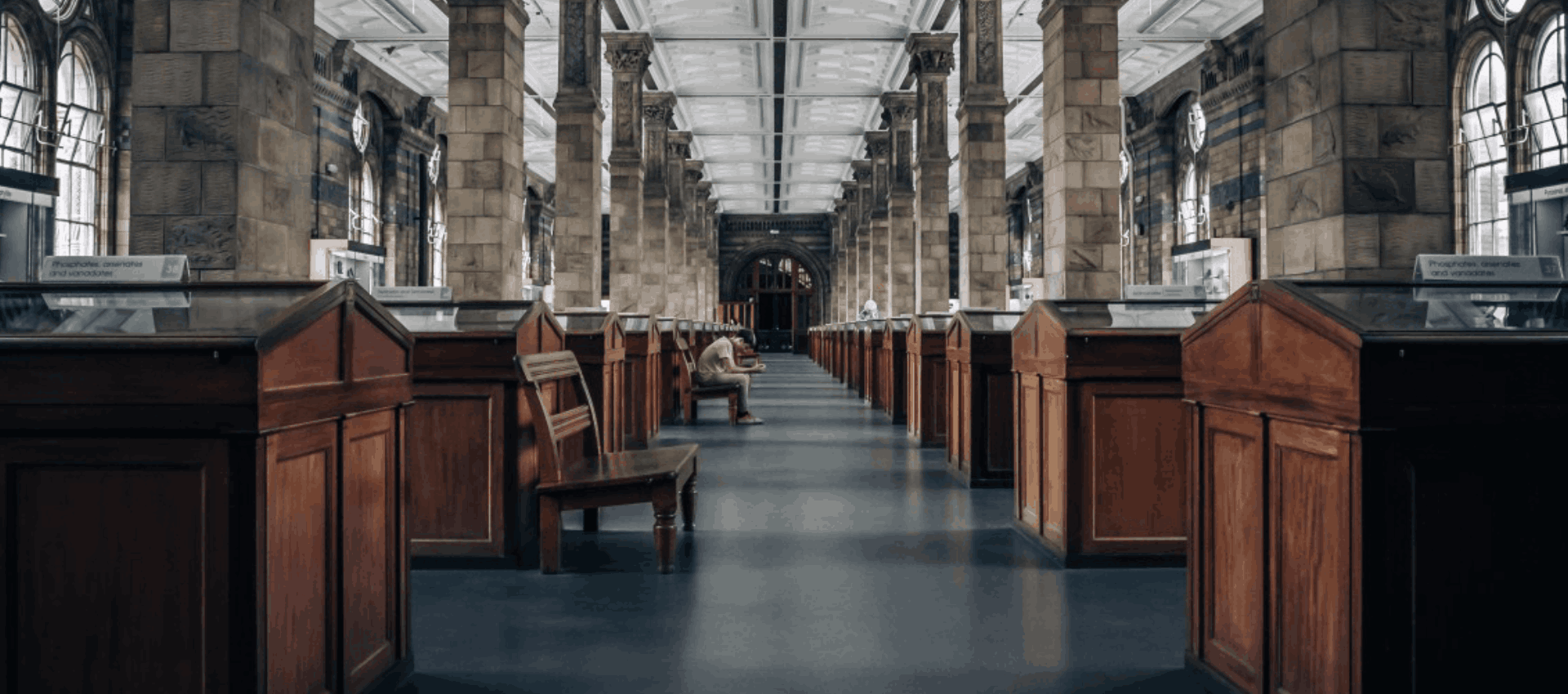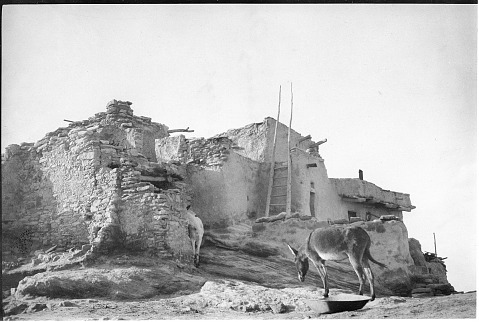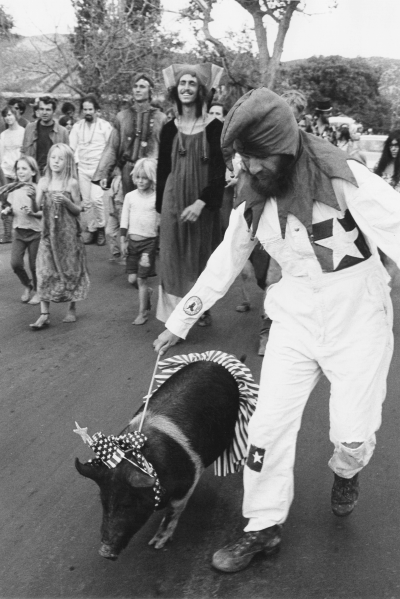Long before there was a village of El Rito, the area was inhabited by the indigenous people.
The Tewa country, flanked on the west side of the Rio Grande by the Jemez Mountains and Pajarito Plateau and on the east side by the Sangre de Cristo Range, extended along the river throughout the Espanola Basin of the Rio Grande rift, roughly from Bandelier National Monument north to the Abiquiu/El Rito area.
The Tewa story, briefly reviewed herein and covering the transition from late prehistoric times into the early historic period, takes place within this region. However, interaction with neighboring people, both Indian and Spanish, provides a wider cultural environment within which the Tewas operated.
Between A.D. 1450 and 1540, more than 100 pueblos existed between the Chama Valley on the north and the Socorro area on the south, and from the Pecos, Galisteo Basin, and Salinas area on the east to the Acoma, Zuni, and Hopi villages on the west. These people had much in common. However, they differed regionally from one another in certain crafts, tool kits, architectural features, and cultural practices.
Generally, their homes, small to large pueblos of masonry or coursed adobe, ranged from one to several stories high (seven or more at Picuris in early historic times) and were built in a linear or rectangular plan with a plaza in front or enclosed by the house blocks (as at Tesuque today). In some cases the pueblo was a large compact mass (like Taos).
These prehistoric puebloans farmed, hunted, gathered wild foods, herded turkeys, and pursued a number of crafts which produced a variety of items.
The six-page document below, provides an insight into these ancient people.







